A reader emailed in to show off that they've been able to get the PSVR headset working on Linux with Steam using OpenHMD and OpenHMD-SteamVR.
James Carthew said they did this using X.org 1.20 compiled from source, with the NVIDIA 396.24 driver along with Kernel 4.17.0-rc3-amd64 on Debian Buster (the current Debian testing distribution). Along with this, they also said to "Use arandr to disable the HDMI output to the VR headset.".
Here's a video test they did:
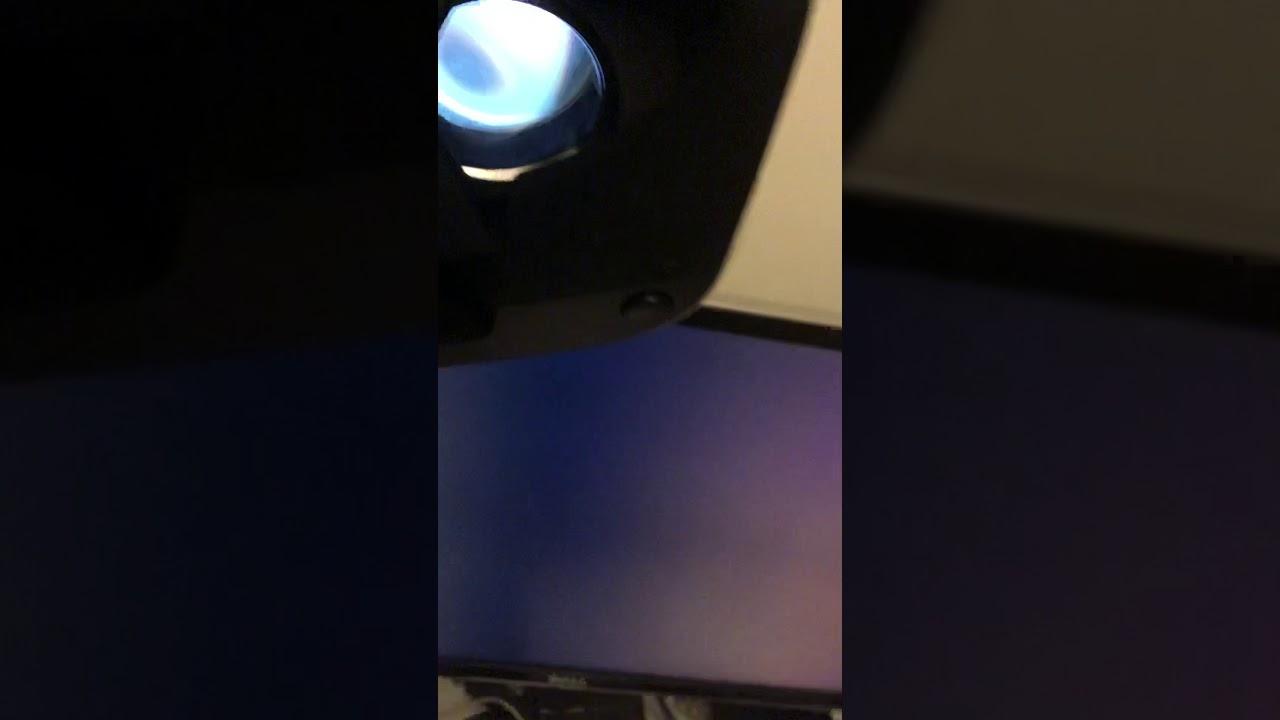
YouTube videos require cookies, you must accept their cookies to view. View cookie preferences.
Direct Link
Direct Link
They also showed it off with Dota 2:
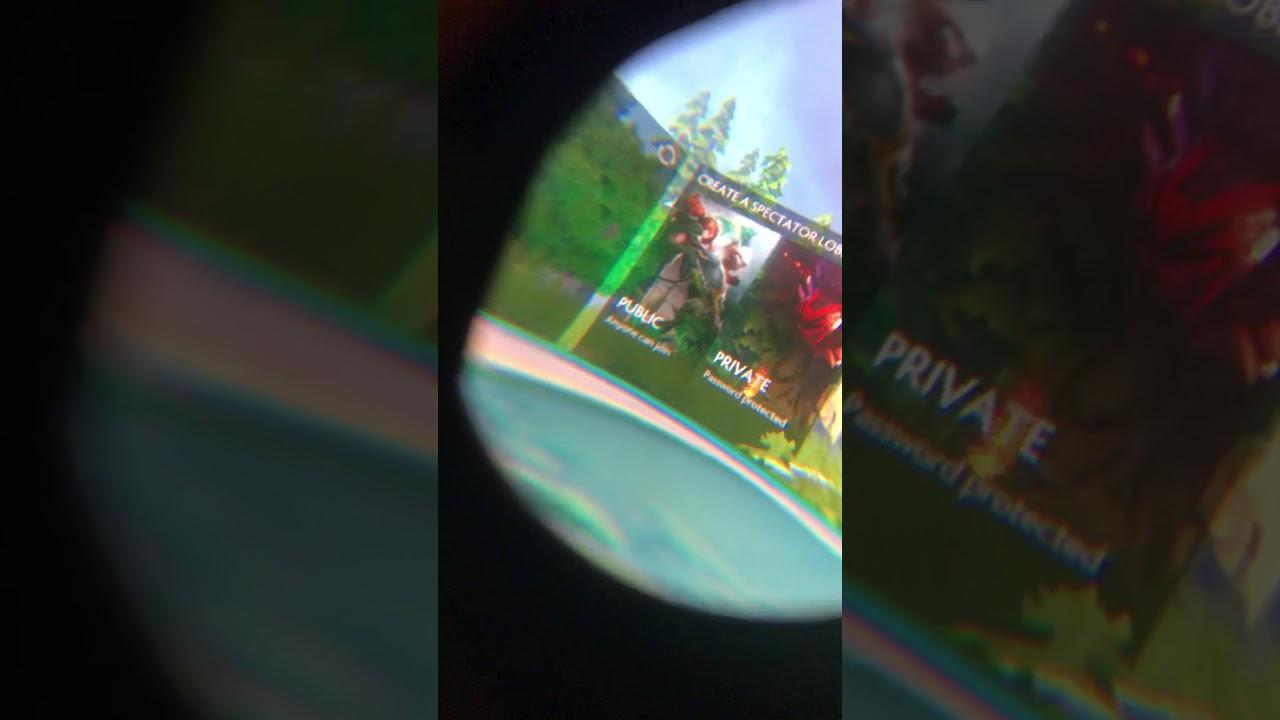
YouTube videos require cookies, you must accept their cookies to view. View cookie preferences.
Direct Link
Direct Link
Pretty impressive stuff, especially considering the PSVR headset is a lot cheaper than the Vive.
Thanks for the email, James!
Some you may have missed, popular articles from the last month:
All posts need to follow our rules. For users logged in: please hit the Report Flag icon on any post that breaks the rules or contains illegal / harmful content. Guest readers can email us for any issues.
Neat.
1 Likes, Who?
Woah!
I doubt this would ever get official support, but if this becomes stable enough for the normal Linux geek to use... it would be a very interesting option. Did they say something about support for the motion controllers? The Vive tracking will be still the best tracking out there, but as also Windows Mixed Reality's inside-out tracking seems good enough (even though not as accurate as the Vive tracking), it would really be an interesting alternative for people wanting to experience VR on Linux.
Cool!
edit: just curious... would it also be possible to use PS4VR on other operating systems this way? So would it be interesting for people who own a PS4 already, but no HMD yet, to buy it and use it on console and PC (all OS'es)?
Last edited by Corben on 24 May 2018 at 10:10 am UTC
I doubt this would ever get official support, but if this becomes stable enough for the normal Linux geek to use... it would be a very interesting option. Did they say something about support for the motion controllers? The Vive tracking will be still the best tracking out there, but as also Windows Mixed Reality's inside-out tracking seems good enough (even though not as accurate as the Vive tracking), it would really be an interesting alternative for people wanting to experience VR on Linux.
Cool!
edit: just curious... would it also be possible to use PS4VR on other operating systems this way? So would it be interesting for people who own a PS4 already, but no HMD yet, to buy it and use it on console and PC (all OS'es)?
Last edited by Corben on 24 May 2018 at 10:10 am UTC
1 Likes, Who?
OpenHMD only supports the Nolo positional tracking + controllers for now. They do reverse engineering of the hardware and open source drivers for them, so it's not easy. Oculus Rift and Vive controllers + positional tracking could be ready soon-ish, if the developers find the time.
psmove controllers... maybe? I have two of those and I haven't even been able to pair them with psmoveapi for a long time, probably incompatibility with more recent bluez. The thing is that to pair psmove controllers you need to connect them via usb and exchange some keys which then get written directly to the bluez config, which bluez doesn't like very much.
There is https://github.com/cboulay/PSMoveService which has long wanted to add linux support but I don't know what their status is...
psmove controllers... maybe? I have two of those and I haven't even been able to pair them with psmoveapi for a long time, probably incompatibility with more recent bluez. The thing is that to pair psmove controllers you need to connect them via usb and exchange some keys which then get written directly to the bluez config, which bluez doesn't like very much.
There is https://github.com/cboulay/PSMoveService which has long wanted to add linux support but I don't know what their status is...
5 Likes, Who?
VR of all sorts is still way out of most people budgets, the price will HAVE to come WAY down to have any hopes of real success.
0 Likes
Hi Guys,
I made the videos in the article. The support is very undercooked at this stage. You can turn your head and the PSVR gyros are working, but actual positional tracking is non-existant so my head ends up almost at floor height. It makes for an interesting experience haha. There are still a lot of issues with SteamVR and controller support. The system actually reports a missing gamepad.so driver file in the logs so I think it'll be a while until there's something usable. I'd really like to see someone add OpenHMD support to Freespace 2, as well as Descent 1/2.
I made the videos in the article. The support is very undercooked at this stage. You can turn your head and the PSVR gyros are working, but actual positional tracking is non-existant so my head ends up almost at floor height. It makes for an interesting experience haha. There are still a lot of issues with SteamVR and controller support. The system actually reports a missing gamepad.so driver file in the logs so I think it'll be a while until there's something usable. I'd really like to see someone add OpenHMD support to Freespace 2, as well as Descent 1/2.
11 Likes, Who?
VR of all sorts is still way out of most people budgets, the price will HAVE to come WAY down to have any hopes of real success.
I wonder which prices people expect, considering that every VR headset contains two gaming "monitors".
4 Likes, Who?
VR of all sorts is still way out of most people budgets, the price will HAVE to come WAY down to have any hopes of real success.
I wonder which prices people expect, considering that every VR headset contains two gaming "monitors".
And tracking system and controllers. And everything in the smallest size and weight possible.
Last edited by bubexel on 24 May 2018 at 12:20 pm UTC
2 Likes, Who?
I wonder which prices people expect, considering that every VR headset contains two gaming "monitors".Especially the more recent ones often have two displays, but some do have one.
There's some high schoolers who did a more recent DYI one at https://github.com/relativty/Relativ
But I'm rather thinking about buying one of the older GearVR models (~$25). Since it already has an IMU you just need to plop in a display from Aliexpress or so (~$100) and you have a pretty good basic HMD. The only problem is that there isn't really a cheap, high performance positional tracking system. Something like Nolo VR is still quite expensive...
1 Likes, Who?
I wonder which prices people expect, considering that every VR headset contains two gaming "monitors".
I suppose people expect "value", which is a very personal thing. The current value is probably not very high due to the limited amount of use they can get out of these things. Especially for Linux users.
1 Likes, Who?
That's why I'm sceptical of it becoming mainstream any time soon. People pay for the experience, not the hardware. When making a purchasing decision, they don't say, “Oh, it has two monitors in, so that's a fair price”; they say, “For that money, I could buy a decent monitor that I can use all the time, not just when I'm free to stick it on my head”. For it to be mainstream, I suspect headsets will have to become cheaper than standard monitors. Which will be a difficult trick to pull off.VR of all sorts is still way out of most people budgets, the price will HAVE to come WAY down to have any hopes of real success.
I wonder which prices people expect, considering that every VR headset contains two gaming "monitors".
That's not to say it can't happen. If VR begins to take off, economies of scale could begin to take effect and within a few years they'll be practially giving them away, just like digital watches in the '70s and cellphones more recently. But I think the gap between how compelling the experience is and the cost is much larger than for either of those.
2 Likes, Who?
People pay for the experience, not the hardware.
Yeah, I can relate to that.
Beyond technological advance, maybe some compromises on quality must be made.
0 Likes
I almost can't wait for it. It will gain popularity and it will happen bloody faster than we think. And no worries, prices will drop too. After all it's just a specialized smart phone, one that can't call or text without a PC, not much more. And we all know how much is 5 years old smart phone worth nowadays. And we all know everyone has one. I expect them to cut quite a chunk out of the movie screens market. Man, I <3 the times I live in!
0 Likes
VR of all sorts is still way out of most people budgets, the price will HAVE to come WAY down to have any hopes of real success.
I wonder which prices people expect, considering that every VR headset contains two gaming "monitors".
And tracking system and controllers. And everything in the smallest size and weight possible.
It's not about whether the price is reasonable. There are lots of things for which a reasonable price is too expensive for most people to want to buy it. On the internet one can find pictures of this incredibly gorgeous golden gown made from the silk of the golden orb weaver spider. It's really cool and awesome, but it is unlikely to become a mass market item because what with needing silk from a million spiders and stuff it's kind of expensive.
People don't owe it to the VR industry to buy something whose utility to them is not worth what they have to pay for it.
1 Likes, Who?
There are a lot of issues with VR that's going to keep it from mainstream for quite some time, IMHO
I bought a PSVR when it was released. It looks very nice and functions well enough, but... even after owning it over a year... it still suffers from positional drifting. I've asked others that own a PSVR and most of them say they suffer the same thing. No matter what I do, where I position the sensors, etc, drifting is not a matter of "if", but "when" and how extreme when it does happen. This is the entry level dedicated VR.
For me... a Linux guy... Occulus died the moment Facebook bought it. I bought and loved the Occulus DK1 prototype and it worked fairly well on Linux. After facebook bought it, Linux support all but died. Valve hasn't done much better, with the exception that they never actually promised Linux would have the VR (or did they?). Windows (of course) gets both these devices, but Occulus further ruins it by initially attempting to gate off it's content. Beyond even that, I still think the requirement for the rigs needed to run these VR bad boys are beyond even intermediate gamer level of cost.
So... given that dedicated VR for Linux is basically back to the whole "reverse engineering Windows-only libraries" of half a generation ago, MY dream of Linux VR has all but died. Maybe OpenHDM will have some significant strides and I can comfortably connect my PSVR to my computer... but I suspect that's going to be quite some time yet.
In terms of entry level VR via the Phone-as-a-HUD (PAAHUD? lol) setup... it's decent enough, but one still needs a fairly expensive phone... also... (having an expensive phone with Daydream) the f'ing drifting issue is still f'ing there! Oh... and did I mention the peripherals. Not nearly as bad as the dedicated VR devices, but still...
I bought a PSVR when it was released. It looks very nice and functions well enough, but... even after owning it over a year... it still suffers from positional drifting. I've asked others that own a PSVR and most of them say they suffer the same thing. No matter what I do, where I position the sensors, etc, drifting is not a matter of "if", but "when" and how extreme when it does happen. This is the entry level dedicated VR.
For me... a Linux guy... Occulus died the moment Facebook bought it. I bought and loved the Occulus DK1 prototype and it worked fairly well on Linux. After facebook bought it, Linux support all but died. Valve hasn't done much better, with the exception that they never actually promised Linux would have the VR (or did they?). Windows (of course) gets both these devices, but Occulus further ruins it by initially attempting to gate off it's content. Beyond even that, I still think the requirement for the rigs needed to run these VR bad boys are beyond even intermediate gamer level of cost.
So... given that dedicated VR for Linux is basically back to the whole "reverse engineering Windows-only libraries" of half a generation ago, MY dream of Linux VR has all but died. Maybe OpenHDM will have some significant strides and I can comfortably connect my PSVR to my computer... but I suspect that's going to be quite some time yet.
In terms of entry level VR via the Phone-as-a-HUD (PAAHUD? lol) setup... it's decent enough, but one still needs a fairly expensive phone... also... (having an expensive phone with Daydream) the f'ing drifting issue is still f'ing there! Oh... and did I mention the peripherals. Not nearly as bad as the dedicated VR devices, but still...
0 Likes
[...] Valve hasn't done much better, with the exception that they never actually promised Linux would have the VR (or did they?). [...]Oh they did; there was mention of Linux support right on the actual purchase page. It was pretty clearly false advertisement when it came out.
0 Likes
[wtf](https://uploadvr.com/oculus-faces-existential-crisis-in-handling-personal-data/)Now the Facebook buyout makes sense. I could never understand their angle before.
2 Likes, Who?
Why didn't he just use the HDMI passthrough for his videos? If I leave my television on when using my PlayStation VR, it will show whatever I am seeing... Wouldn't it still work the same way here, or is this (video passthrough) a software thing, rather than raw video pass-through (as I am assuming it is)?
By the way, if you have a PlayStation VR headset, it natively works under Linux-based operating systems for non-VR usage - I tried it with Ubuntu out of curiosity and whilst you wouldn't use it for everything, it does have its uses - for example, playing your favorite game on a (simulated) 5M display from 5M away!
Anyway, it's nice to see some work being done to get the actual VR side of the house going... Given the standard (HDMI and USB) connections plus Valve's complete lack of interest in SteamVR under Linux-based operating systems, I was rather surprised when I bought my PlayStation VR that no one had (at the time of writing) yet tried to get it working under Linux-based operating systems.
Which is why I was completely turned-off the Occulus products the moment Mark Zuckerberg bought them... I wouldn't trust the man if my life depended on it.
Last edited by Cyba.Cowboy on 26 May 2018 at 1:25 am UTC
By the way, if you have a PlayStation VR headset, it natively works under Linux-based operating systems for non-VR usage - I tried it with Ubuntu out of curiosity and whilst you wouldn't use it for everything, it does have its uses - for example, playing your favorite game on a (simulated) 5M display from 5M away!
Anyway, it's nice to see some work being done to get the actual VR side of the house going... Given the standard (HDMI and USB) connections plus Valve's complete lack of interest in SteamVR under Linux-based operating systems, I was rather surprised when I bought my PlayStation VR that no one had (at the time of writing) yet tried to get it working under Linux-based operating systems.
[wtf](https://uploadvr.com/oculus-faces-existential-crisis-in-handling-personal-data/)Now the Facebook buyout makes sense. I could never understand their angle before.
Which is why I was completely turned-off the Occulus products the moment Mark Zuckerberg bought them... I wouldn't trust the man if my life depended on it.
Last edited by Cyba.Cowboy on 26 May 2018 at 1:25 am UTC
1 Likes, Who?
Why didn't I use HDMI Passthrough? Because my monitor is a 30" dell which hasn't got HDMI input... dual-link DVI only (It's not even capable of taking a HDMI input signal which is standard DVI-I It will only take a DVI-D signal, it's 11 years old). BTW When SteamVR is running, the 30" screen was being blanked out by Steam's compositor. Also the only capture rig I have that's capable of capturing a HDMI signal, is downstairs and stuck in a 4RU server chassis. The OpenHMD project and libPSVR have had the PSVR running under Linux for over a year. Really it's been engine implementors that have been slow to uptake the support. There's been too little standardization in VR which has held it back. For example, Descent 1/2 have had VR support since they were first released but haven't had any of the new APIs for VR integrated into the engine yet. Most games are picking HTC or Occulus and not bothering to implement the other models. The whole scene is a mess. OpenHMD needs to get promoted more as the Open Source VR standard, it also needs some more work so proper positional tracking works on all headsets that have it.
Last edited by DMJC on 26 May 2018 at 5:42 am UTC
Last edited by DMJC on 26 May 2018 at 5:42 am UTC
1 Likes, Who?
I heard a few people preordered because of that...[...] Valve hasn't done much better, with the exception that they never actually promised Linux would have the VR (or did they?). [...]Oh they did; there was mention of Linux support right on the actual purchase page. It was pretty clearly false advertisement when it came out.

2 Likes, Who?

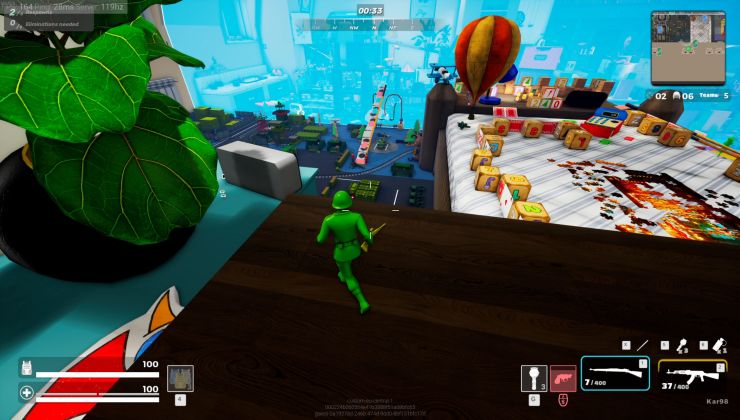
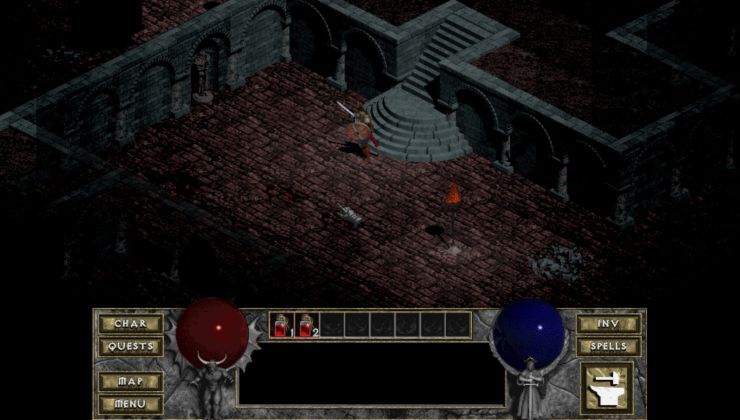
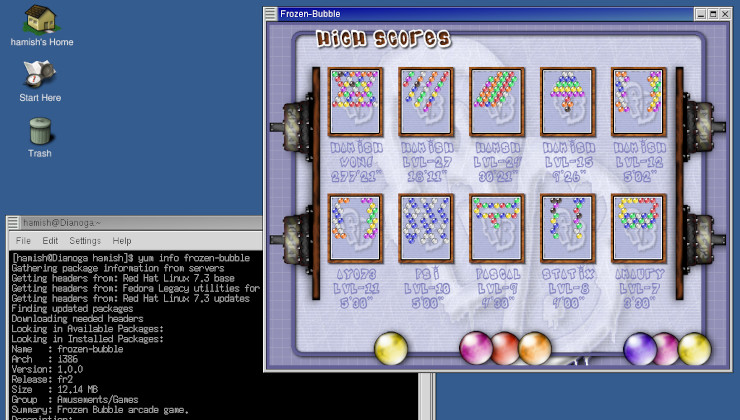







 How to set, change and reset your SteamOS / Steam Deck desktop sudo password
How to set, change and reset your SteamOS / Steam Deck desktop sudo password How to set up Decky Loader on Steam Deck / SteamOS for easy plugins
How to set up Decky Loader on Steam Deck / SteamOS for easy plugins
See more from me